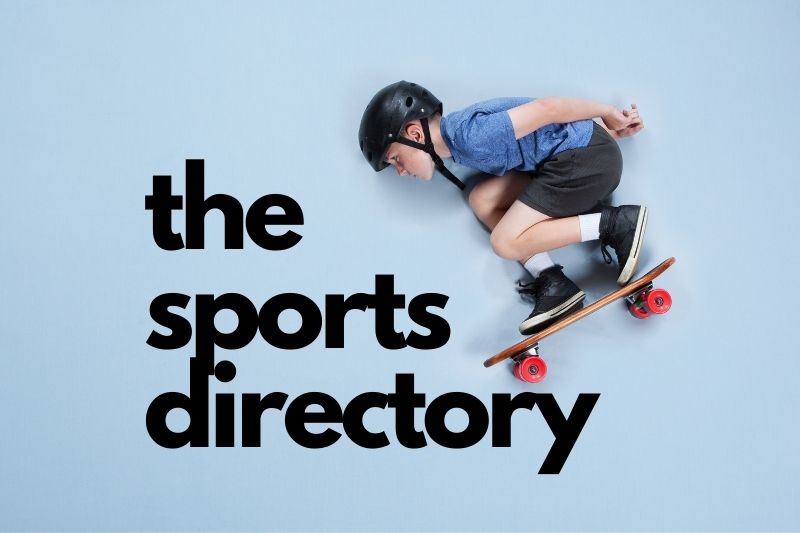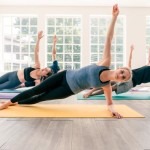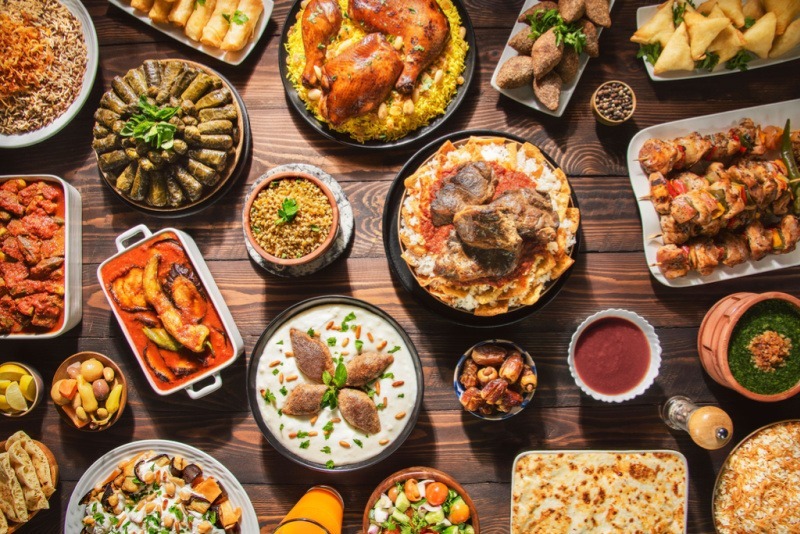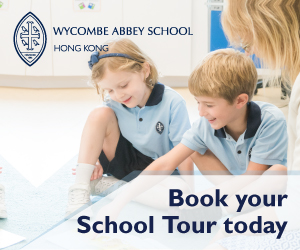Advice on developing your child’s gross motor skills.
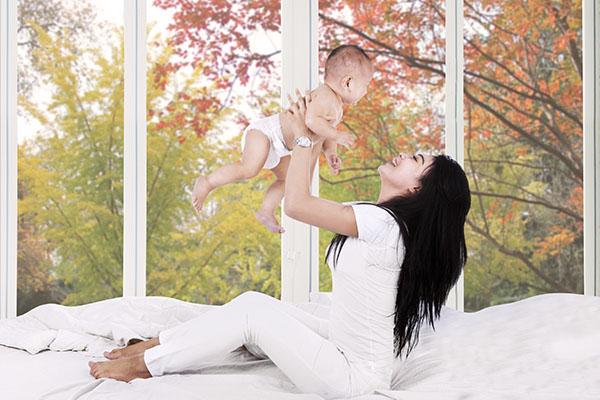
Living in a busy, fast-paced and academic-focused metropolitan city like Hong Kong where open space can be scarce, parents and teachers sometimes overlook the importance of children’s gross-motor skills. Research shows that children are becoming less active, despite evidence supporting the benefits of gross-motor activities for a child’s development and a healthy lifestyle. Gross motor development is an important basis from which children can develop other skills such as fine motor skills and self-help skills. Without a ‘stable base,’ a child’s ability to perform daily activities such as dressing, writing, sitting upright and paying attention in the classroom, as well as participating in sport, may be negatively impacted.
Gross-motor skills enable us to move around our environment and engage in games and sport. They include skills such as walking, running, jumping, climbing, throwing and catching, as well as balance and postural stability. Gross-motor skills predominantly involve the use of large muscle groups in the trunk, arms and legs. They are also dependent on good sensory-motor development which involves body and limb awareness, and motor planning.
Fine-motor skills are actions that involve the smaller muscles. Examples of fine-motor skills are cutting, writing, and manipulating small objects in your hands.
Some signs that your child may be having gross-motor difficulties include:
- Delays in achieving developmental milestones such as sitting, crawling, walking and jumping
- Difficulties maintaining an upright standing or sitting position
- Appearing clumsy, or falling easily
- Tiring easily or having low energy levels
- Avoiding physical activities
- Avoiding or having difficulty performing self-care activities
- Having poor attention
- Writing or colouring with a flexed wrist
Tips to help your child develop their gross-motor skills:
- Provide plenty of opportunities for structured and free play
- Provide minimal physical support – allow them to learn through doing it
- Be patient – learning takes time
- Give opportunities for repetition to refine skills
- Provide achievable targets
- Provide modeling and allow for imitation
- Understand sequential development of skills e.g. standing balance before walking, jumping then hopping
How can you help?
Core strength activities
Core strength is crucial for the development of gross motor skills. It helps develop good posture and improves muscle strength in the trunk, hips and shoulders.
- Kneeling – four-point kneeling, high kneeling, and half kneeling to play
- ‘Bear walks’ and ‘crab walks’ on hands and feet
- ‘Bridging’ – lying on the back with knees bent and lifting pelvis off the floor
- Lunges
Balance activities
To improve dynamic balance, automatic postural reactions and improve core strength.
- Sitting, standing or kneeling on a wobble board or platform swing
- Sitting on an exercise ball
- Single-leg standing
- Stepping up and down from heights
- Stop/start and ‘freeze’ games
- Walking on stepping stones or narrow beams
- Kicking a football
- Walking on toes or heels
- Walking along straight and curved lines on the floor
Motor planning and sensory activities
The following activities improve body awareness and organisation of the body in response to sensory input such as touch, body position, movement sense, vision, and hearing. This is important for success in the classroom.
- Obstacle courses
- Imitation games – follow-the-leader, Simon-Says, dancing
- Climbing on a variety of apparatus
- Galloping, marching, skipping
- Wheelbarrow walks, scooter-boarding
- Jumping on trampolines, swinging
Crawling
To improve core strength, bilateral coordination, weight-shifting skills, upper limb strength and shoulder stability, which can also help with fine-motor activities.
- Crawling through tunnels or boxes
- Crawling around obstacle courses or over cushions
- Crawling up and down stairs or slopes
Walking and running
To develop muscle strength, dynamic balance skills, understanding of momentum, and spatial awareness.
- Walking on stepping stones or on stairs
- Walking along lines or narrow beams
- Carrying large objects whilst walking
- Walking on uneven or moving surfaces
- Playing tag, football, Frisbee games
- Pushing and pulling objects
- Stepping over hurdles
- Stop/start and relay games
Jumping and hopping
To improve core strength, lower limb strength, timing and rhythm, bilateral coordination and visual perception skills.
- Jumping on the spot, on a trampoline or cushions
- Jumping over low hurdles, progress to higher hurdles
- Jumping down from steps, progress to higher heights
- Jumping in different directions, forward, sideways, backwards
- Jumping/hopping consecutively e.g. along a line
- Star jumps, jumping jacks, hopscotch
- Jumping with a rope
Climbing
To strengthen bilateral coordination and motor-planning skills.
- Climbing on playground apparatus
- Climbing up and down vertical ladders
- Climbing in/out and on/off objects
Ball games
Ball games are excellent for eye-hand coordination and bilateral coordination which have carryover benefits for classroom activities.
- Rolling or throwing a ball to a target or partner
- Catching balls of different sizes or weights
- Bouncing and catching a ball
- Hitting a ball with a racquet/bat, batting a balloon
- Playing skittles
If you have concerns about your child’s gross-motor development, consult a physiotherapist or occupational therapist who can assess your child and advise on appropriate activities for your child.
By Thomas Ho, Occupational Therapist, and Halijah Brewster, Physiotherapist, for The Child Development Centre.www.cdchk.org
This article appeared in Playtimes March Issue 2018.


